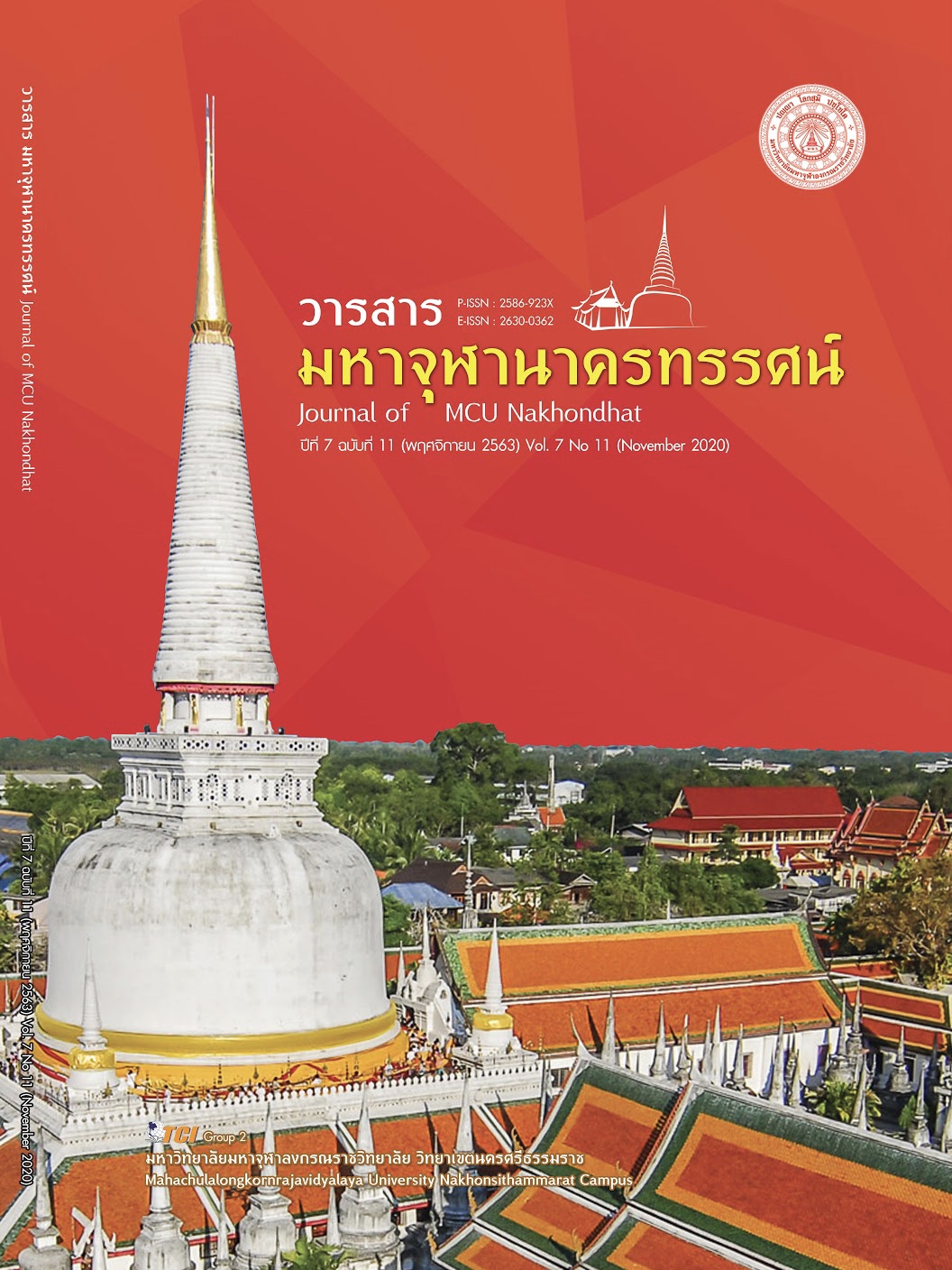HOUSE DESIGN FOR ELDERLY AND MOBILITY DISABLE BASED ON UNIVERSAL DESIGN CONCEPT
Main Article Content
Abstract
The purpose of this research article were to design and assess the quality in house design based on universal design concept by interviewing about a satisfaction on universal design for the elderly and people with mobility disabilities. The sample group used in this research was 15 people (received by a purposive sampling) who live in Surin Municipality, Surin province. Research instruments used in this study were a quality assessment form and a satisfaction interviewing form. Then, the research team have designed house for the elderly and people with mobility disabilities based on the concept of universal design and built - up the 3 dimensions architectural model. After that, the house plan and architectural 3 - D model have been sent to architecture specialists for quality assessment. Finally, the sample group included, the elderly, people with mobility disabilities, relatives, and caregivers, were interviewed about a satisfaction on a universal house design and all of data were analyzed by descriptive statistical method such as; percentage, mean, and standard deviation. The study found that: 1) According to the universal design of house, house design can be used equally, size and space of house are designed appropriately and can be able to adjust when there is a fault utilization. The house design is easy to understand and requires little effort. 2) Due to a quality assessment made by specialists, the study showed that the overall quality of house design is at the highest level ( = 4.93, S.D. = 0.25). 3) In term of a satisfaction of the designed accommodation, the study revealed that the overall satisfaction on the designed accommodation is at the highest level (
= 4.59, S.D. = 0.49).
Article Details
References
ไตรรัตน์ จารุทัศน์. (2558). คู่มือการออกแบบเพื่อทุกคน (Universal Design Guide Book). (พิมพ์ครั้งที่ 2). กรุงเทพมหานคร: เทพเพ็ญวานิสย์.
บุษกร รมยานนท์. (2555). ลักษณะบ้านเดี่ยวและแนวทางการปรับเปลี่ยนตามแนวคิดบ้านปรับเปลี่ยนได้ง่ายยามสูงวัย. ใน รายงานการวิจัย. มหาวิทยาลัยธรรมศาสตร์.
พรวิทู โค้วคชาภรณ์. (2557). อารยสถาปัตย์ (Universal Design). กรุงเทพมหานคร: กลุ่มงานห้องสมุดและพิพิธภัณฑ์ สำนักวิชาการ สำนักงานเลขาธิการวุฒิสภา.
มหาวิทยาลัยมหิดล. (2562). ประเทศไทยกับสังคมผู้สูงอายุ. เรียกใช้เมื่อ 23 ตุลาคม 2562 จาก https://bit.ly/2ktR6ix
สราญภัทร อนุมัติราชกิจ. (2562). อารยสถาปัตย์ในสังคมไทย: ศึกษากรณีผู้สูงอายุ. ใน รายงานการวิจัย. วิทยาลัยป้องกันราชอาณาจักร.
สํานักส่งเสริมและพิทักษ์ผู้สูงอายุ. (2558). คู่มือการจัดสภาพแวดล้อมที่เหมาะสมและปลอดภัย สำหรับผู้สูงอายุ. กรุงเทพมหานคร: สำนักงานส่งเสริมสวัสดิภาพและพิทักษ์เด็ก เยาวชน ผู้ด้อยโอกาส และผู้สูงอายุ.
สำนักงานกองทุนสนับสนุนการสร้างเสริมสุขภาพ. (2563). เรื่องน่ารู้ Universal Design: การออกแบบเพื่อคนทั้งมวล. เรียกใช้เมื่อ 7 มิถุนายน 2563 จาก https://1th.me/ Eobmq
สำนักงานส่งเสริมศักยภาพและสิทธิ. (2555). คู่มือการออกแบบสภาพแวดล้อมสำหรับคนพิการ และคนทุกวัย. กรุงเทพมหานคร: สำนักงานส่งเสริมและพัฒนาคุณภาพชีวีตคนพิการแห่งชาติ กระทรวงการพัฒนาสังคมและความมั่นคงของมนุษย์.
เสกสรร พันธ์สวัสดิ์. (2555). การทดสอบและศึกษาความพึงพอใจต่ออุปกรณ์อำนวยความสะดวกสำหรับผู้สูงอายุ. ใน วิทยานิพนธ์วิศวกรรมศาสตรมหาบัณฑิต สาขาวิชาวิศวกรรมโยธา. มหาวิทยาลัยเทคโนโลยีสุรนารี.


